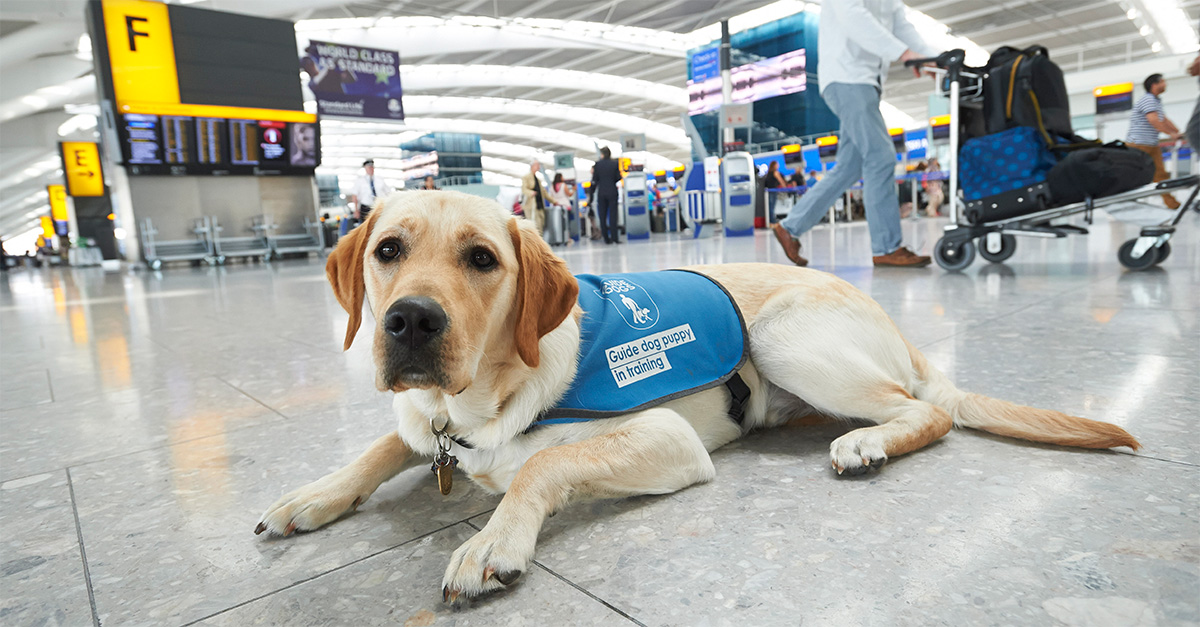Airlines will be taking off to a host of new destinations in 2015, giving agent earnings a lift, writes Martin Ferguson
Like this and want more details? Click here to download and save as a PDF.
“It’s a good time to be an airline,” says the chief economist of London-based aviation analyst Ascend.
Peter Morris has witnessed the sector’s highs and lows over many decades, from the rise and demise of Concorde to the introduction of the Airbus A380 superjumbo and the revolutionary Boeing 787 Dreamliner, the low-cost boom, and the emergence of Middle Eastern super-carriers. The only constant in the sector, he says, is change.
Only six years ago the airline industry was at its lowest ebb. The global economic crash, coupled with the highest-ever oil prices, created what analysts such as Morris called a perfect storm.
At one point in 2009, British Airways was reportedly losing £1.6 million every day. But it survived. Others were not so lucky. In the two years that followed the financial collapse, Air Comet, Aloha Airlines, Oasis Hong Kong, Eos, KD Avia, XL, Silverjet, Maxjet, Flyglobespan and Zoom all went bust. It was a bloodbath.
Part of the problem was that some airlines made bad decisions about capacity. While few could have predicted the dire consequences of the credit crunch, some carriers were criticised by politicians, the environmental lobby and the media for flying too many half-empty planes.
Airline executives learned harsh lessons, which is why nowadays many carriers are leaner and meaner than ever before.
Fuelling Growth
Monthly statistics published by the International Air Transport Association (Iata) – whose members include the majority of network carriers around the world – show that load factors (the percentage of seats sold) have grown significantly in recent years.
In some regions, and on some routes, the figure is now as high as 90%. It is, perhaps, no surprise that Iata expects its members will earn a combined profit of $18 billion on revenues of $746 billion this year.
A fall in oil prices is also fuelling growth and profitability. A barrel of Brent crude in October could be bought for less than $80, which is nearly 40% cheaper than in the darkest days of the downturn. Fuel is the single biggest cost to the global aviation sector.
On many occasions analysts have said it is virtually impossible for serious airlines to turn a profit whenever prices sit north of $100 a barrel. The introduction of more fuel efficient aircraft, including the Dreamliner, A380 and soon the A350, has also literally given route planners more mileage.
Scott Davies, Virgin Atlantic’s general manager for UK sales, says the combination of more-efficient aircraft types such as the Dreamliner, low margins in short-haul flying, which is largely driven by the no-frills carriers, and the networks facilitated by joint ventures and, to a lesser degree, alliances, make it an “interesting time” for forward-thinking airlines to invest in and develop long-haul destinations and frequencies.
“Connection experiences have really improved in most major hubs and all of this means that almost any destination is available to UK travellers, either directly or with a single stop,” he says.
The Americas

Richard Branson’s Virgin Atlantic recently merged with America’s Delta Air Lines, and its network is undergoing a transformation. The Virgin Little Red domestic service will be ditched next year, as will long-haul services to Tokyo and Mumbai. But the introduction of Dreamliners to the Virgin fleet will underpin growth and a focus on the Americas in the year to come.
In late January it will start a five-times-a-week service from Heathrow to New York Newark. A Dreamliner also started operating between London’s hub airport and Boston Logan last month (Virgin has 21 more B787s on order).
From July the Northern Irish market will receive a major boost when a three-class, 400-seat Boeing 747 starts flying from Belfast to Orlando. Uel Hoey, business development director at Belfast International airport, said it was one of the most exciting developments in the airport’s history. Virgin will also start its first daily non-stop Manchester to Hartsfield-Jackson Atlanta International airport service later in the summer.
Delta Air Lines will launch a daily non-stop Manchester-New York JFK service on June 2, going head-to-head with the incumbent American Airlines service.
United Airlines is to introduce a daily seasonal service to New York Newark from Newcastle between May and September, while at Birmingham International, American Airlines will put on a similar service to New York JFK.Norwegian introduces its much-anticipated low-cost long-haul Dreamliner service to Orlando from Gatwick on April 4.
Route Masters
British Airways has also been busy announcing a throng of new business and leisure routes from its bases at Gatwick and Heathrow. On May 27 a non-stop daily service to the Malaysian capital Kuala Lumpur will return to the schedule after a period of absence. Seasonal flights from May until September will target the summer leisure market, with destinations in the Greek islands and Mediterranean now available to book.
Gatwick will welcome a dozen new BA routes in 2015; Monarch will start summer services to Rhodes and Larnaca once and twice a week respectively; and Greek carrier Aegean Airways will start a four-times-a-week service to Heraklion on June 21. Thomson Airways, meanwhile, is to start a direct flight to San Jose in Costa Rica in November. Snowbird Airlines, a new Finnish carrier, will begin a twice-weekly Enontekiö (Lapland) service on December 6.
Route expansion is also ripe across the regions. The trade’s new friend, Ryanair, is to start services from Cardiff to Tenerife and from East Midlands to Malta, while Monarch will begin flying during the summer from Leeds Bradford to Naples and Alicante.
EasyJet’s portfolio of new routes will link Luton with Porto, Antalya, Essaouira and Bodrum, Gatwick with Stuttgart and Brindisi, and Bristol with Porto, Lanzarote and Catania.

Great Scots
In June, Etihad will start a daily service from the Scottish capital to Abu Dhabi, and the airline’s chief executive, James Hogan, has said double-daily is the ultimate objective. Qatar Airways entered Scotland early this year, while Emirates has been a long-standing commercial partner of the Scottish trade.
Jimmy Martin, owner and manager of Edinburgh-based Jimmy Martin Travel, and president of the Scottish Passenger Agents’ Association, says 2015 could potentially be one of the most buoyant years for agents in a long time.
“Etihad is the jewel in the crown. Having Qatar Airways and the Dreamliner is also great,” he said. “The challenge is that very few people want to stop in Doha. They’re more likely to use it as a transit point to elsewhere in the world.”
Martin believes British Airways’ new leisure routes from Heathrow and Gatwick are good news for travel agents across the UK but is concerned that connection times with flights from Scottish airports will not make journeys convenient. “We’ve been shouting for destinations such as Bilbao and Valencia for some time,” he added. “There is so much potential in these areas for us to make sales.”
Opportunities could come from no-frills carriers, as easyJet will fly from Glasgow to Bordeaux from June next year, and Ryanair will add nine routes from the airport, with destinations including Carcassonne, Chania, Riga and Warsaw.
The Scottish trade is also rubbing its hands in anticipation of the Las Vegas services being introduced by both Virgin Atlantic and Thomas Cook Airlines. The latter has announced it will also add direct flights from Glasgow to Cuba in winter 2015.




